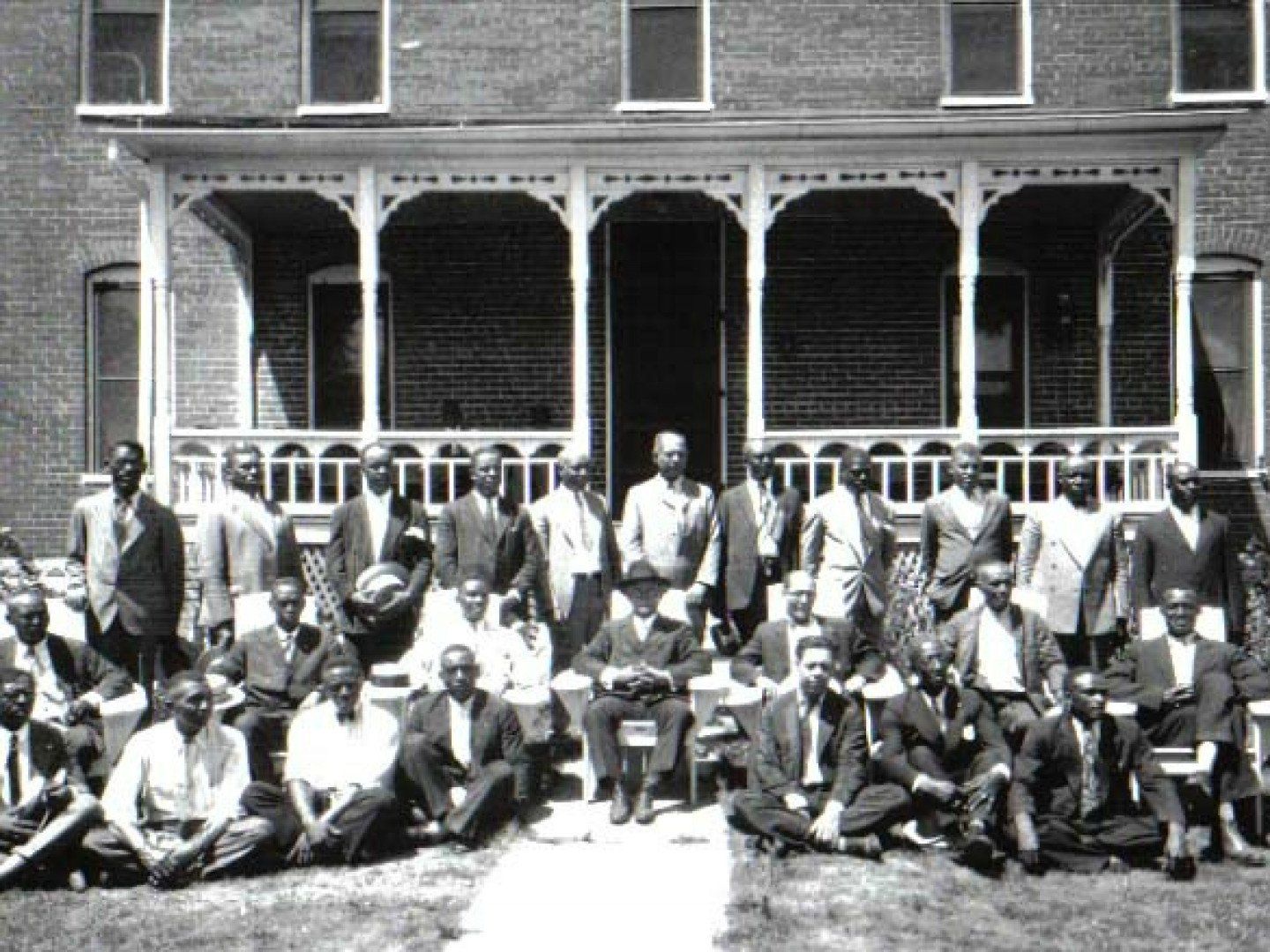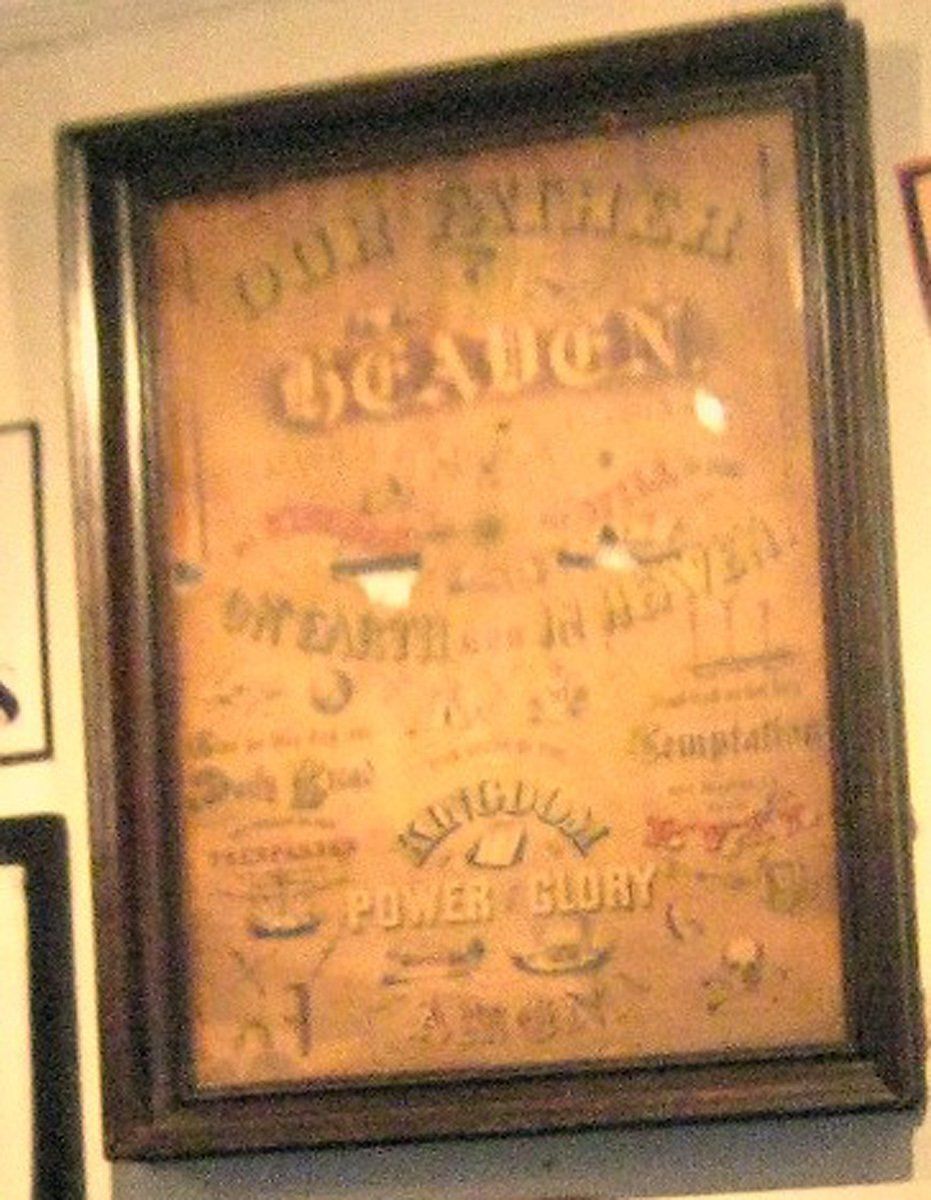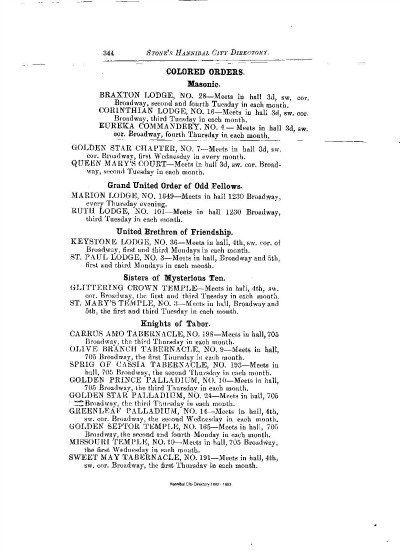Hannibal's Colored Fraternal Organizations and Secret Societies
Mason's Old Folk's Home
A generation earlier, the demise of slavery and the advent of emancipation fueled African Americans' optimistic pursuit of education, citizenship rights, and economic independence, all crucial marks of freedom. Fraternal organizations provided a unified response to the racism African Americans encountered, and as such, they came to play a prominent role in the social life of the Black community.

rite your caption here
THE MASONS HELPED BLACKS FIND JOBS AND HOMES, OFFERED NEEDED RELIEF, CONTRIBUTED TO CHARITIES, FUNDED EDUCATION, AND PROMOTED VALUES OF HONESTY AND HARD WORK.
Like their white counterparts, these groups combined aspects of social clubs and benevolent societies. Soon after the end of the Civil War, Freemasons successfully petitioned their parent organization to create their own Grand Lodge of Missouri.
By 1901, there were five Black Freemasons chapters in Hannibal, and by 1910, the Negro Masonic Hall Association raised enough money to purchase its own building. The groups moved from their rented quarters to Broadway. Members of the lodge included some of the most prominent members of the local African American community: physicians, ministers and school administrators.
Hannibal also had two orders of the United Order of Odd Fellows; two orders of the United Brethren of Friendship (UBF); and three of their women's affiliate, the Sisters of Mysterious Tens. The largest of these fraternal organizations was the Knights of Tabors, which had nine chapters. The UBFs and the Masons built impressive structures on The Wedge. They also built retirement homes on the outskirts of town.



